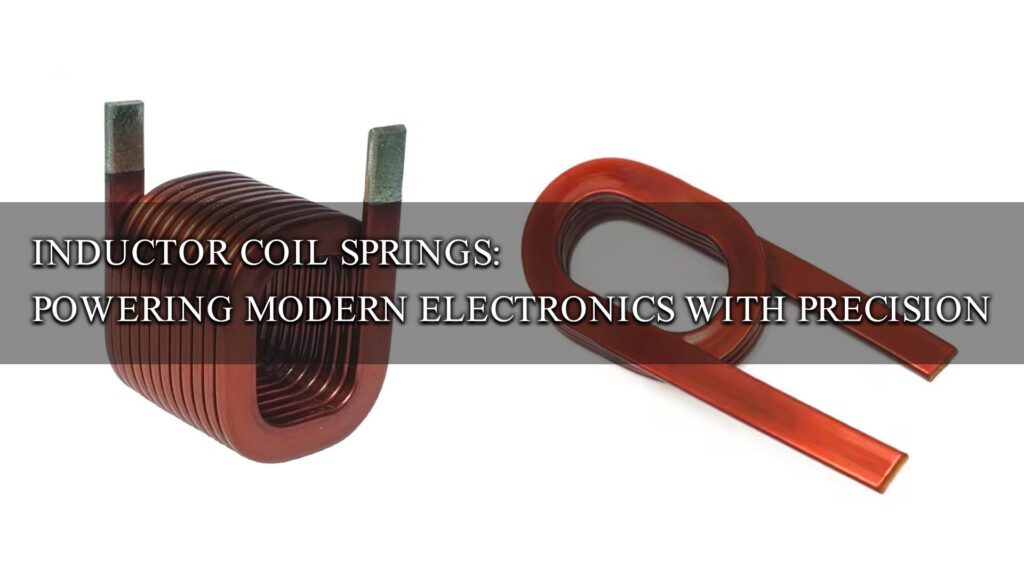Applications of Inductor Coil Springs
Power Supplies and Transformers
Inductor coil springs help regulate current and voltage in power supplies and transformers. By storing and releasing energy, they ensure a smooth flow of electricity, which keeps power transmission efficient and stable. Without them, energy distribution in household appliances, industrial machines, and electronic devices could face disruptions, affecting performance.
Motors and Generators
Inductor coil springs also assist in energy conversion within motors and generators. By generating a magnetic field, they help convert electrical energy into mechanical energy, which is crucial in industries like automotive and aerospace. These industries depend heavily on motors for various critical functions.
Communication Devices
In communication devices such as radios and cell phones, inductor coil springs filter signals and modulate frequencies. This keeps communication clear and interference-free. Their ability to store and release energy precisely allows devices to maintain consistent and stable signal transmission.
Unique Features of Inductor Coil Springs
Efficient Energy Storage
One of the standout features of inductor coil springs is their capacity to efficiently store energy in a magnetic field. By regulating the current flowing through them, they help prevent energy surges and maintain system stability. This is especially crucial in applications like power grids, where stability is key to preventing equipment failure.
Durability and Strength
Inductor coil springs are made from durable materials such as copper or aluminum, ensuring they withstand wear and tear. Their durability becomes essential in high-stress environments where they face constant electrical currents and elevated temperatures. Their long-lasting performance makes them cost-effective for industries relying on continuous operation.
Precision and Flexibility
Inductor coil springs are designed with specific inductance values, allowing precise control over electricity flow. Industries that require accurate energy management, such as medical devices or military equipment, benefit greatly from their precision. Their flexibility allows them to be customized for various frequencies, sizes, and applications.
The Science Behind Inductor Coil Springs
Magnetic Field and Inductance
As current passes through an inductor coil spring, a magnetic field forms, storing energy. The inductance, which depends on the number of turns in the wire and the core material’s permeability, determines how much energy is stored. By controlling energy fluctuations, these springs smooth out voltage surges, ensuring the protection of circuits.
Performance Data
Recent studies published in the Journal of Electromagnetic Engineering (September 2023) revealed that modern coil spring designs reduce energy losses by up to 25% in high-power applications. This efficiency gain is essential for industries seeking to lower operational costs while optimizing energy usage (Clarkson & Lee, 2023).
Conclusion: Will Inductor Coil Springs Continue to Dominate Energy Efficiency?
With growing global energy demands, the need for efficient energy storage solutions has never been greater. Inductor coil springs stand as critical components for ensuring energy regulation. But with advancements in materials and technology, will they remain at the forefront? Could alternative technologies challenge their role in the future? The path forward raises many questions about the future of energy efficiency—and these springs may very well hold the answers.
References:
Clarkson, P., & Lee, M. (2023). “Advancements in Inductor Coil Spring Design for Energy Efficiency.” Journal of Electromagnetic Engineering, 57(9), 102-109.

